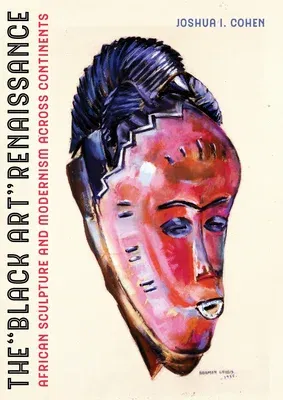Joshua I Cohen
(Author)The Black Art Renaissance: African Sculpture and Modernism Across ContinentsHardcover, 4 August 2020

Qty
1
Turbo
Ships in 2 - 3 days
Only 2 left
Free Delivery
Cash on Delivery
15 Days
Free Returns
Secure Checkout

Print Length
304 pages
Language
English
Publisher
University of California Press
Date Published
4 Aug 2020
ISBN-10
0520309685
ISBN-13
9780520309685
Description
Product Details
Author:
Book Format:
Hardcover
Country of Origin:
MY
Date Published:
4 August 2020
Dimensions:
25.91 x
18.8 x
2.54 cm
Genre:
African
ISBN-10:
0520309685
ISBN-13:
9780520309685
Language:
English
Pages:
304
Publisher:
Weight:
1043.26 gm